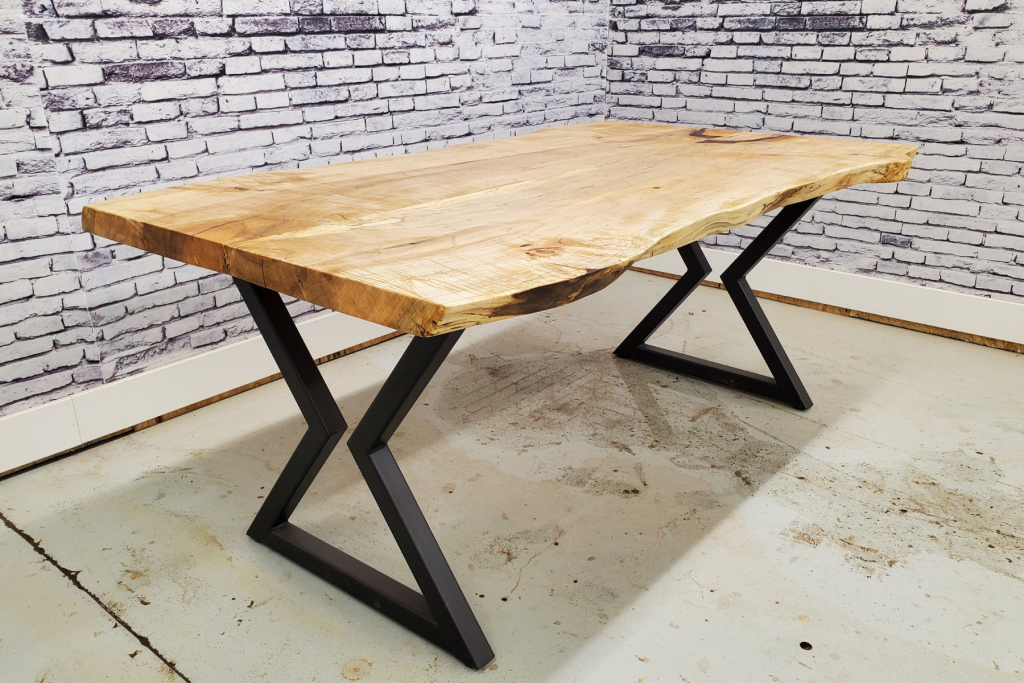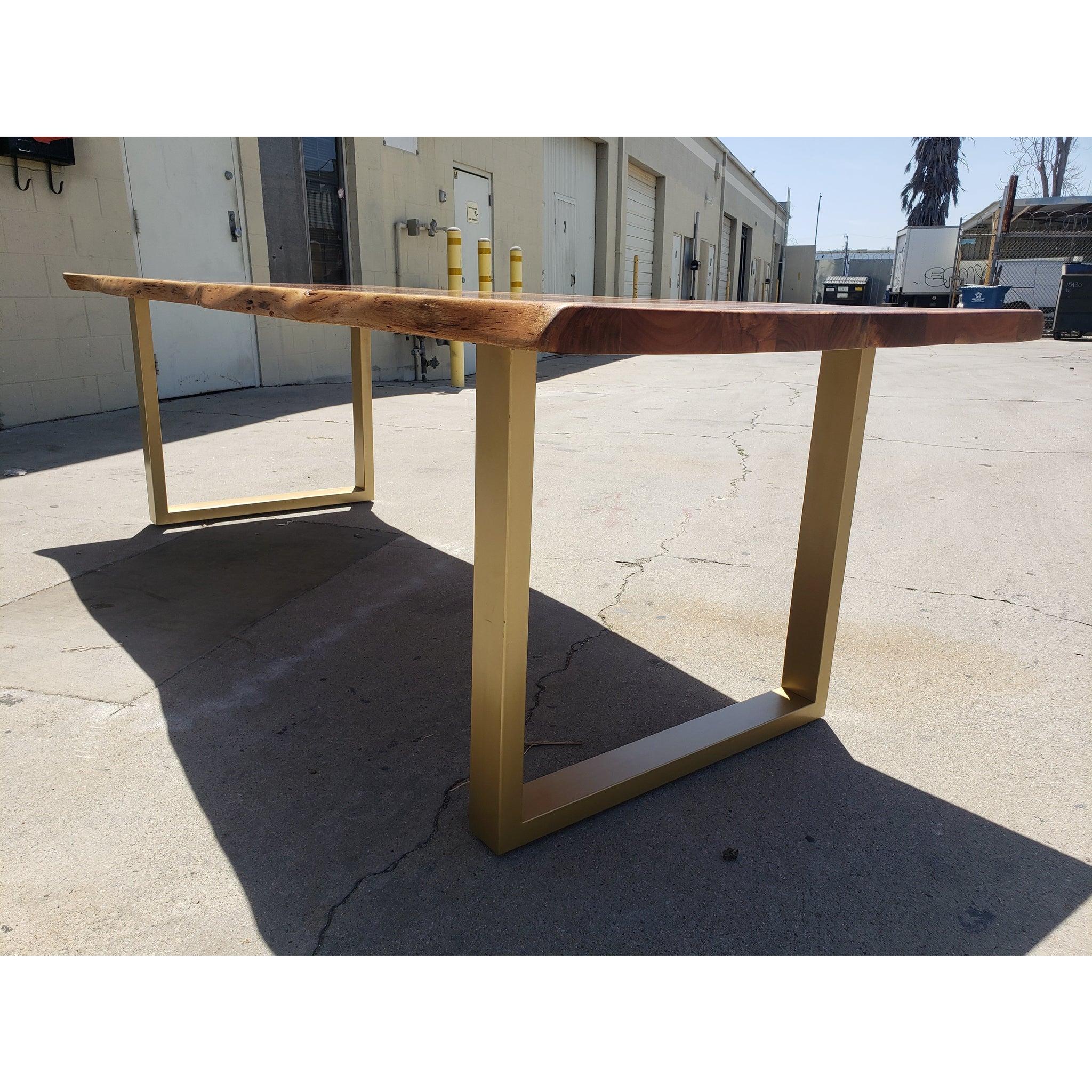Bring Warmth and Personality to Your Room with Dining Table Legs Wood
Bring Warmth and Personality to Your Room with Dining Table Legs Wood
Blog Article
Exploring the Various Sorts Of Table Legs Timber for Your Dining Area
The choice of dining table legs wood can greatly influence both the visual and practical top qualities of your eating space. Strong timber alternatives, such as oak and walnut, provide a traditional appearance with unmatched longevity, while engineered wood options use cutting-edge designs that mimic the splendor of all-natural grains.
Solid Wood Options

Unlike engineered materials, solid wood is much less vulnerable to bending and damage over time when effectively maintained. Each item of strong timber is unique, showcasing private attributes that include to the charm and character of the eating table.
Furthermore, solid wood can be finished in many methods, ranging from natural oils to stained finishes, allowing homeowners to customize their furnishings to match their decoration. In summary, selecting strong timber for eating table legs not just makes sure structural integrity yet also enhances the visual appeal of the eating location, making it a beneficial investment for any home.
Engineered Timber Alternatives

Plywood, constructed from multiple layers of wood veneer, is especially strong and secure, making it a superb selection for eating table legs. Its layered make-up allows it to hold up against adjustments in humidity and temperature level far better than standard solid timber. MDF, on the other hand, offers a smooth surface area for paint or veneering, enabling developers to accomplish a polished look while keeping structural honesty.
Particleboard, usually utilized in budget-friendly choices, provides good strength and is light-weight, making it much easier to deal with. Nonetheless, it may not be as sturdy as plywood or MDF. It is crucial to consider the designated usage and preferred visual when picking crafted timber alternatives. These materials not only boost the functionality of dining spaces however additionally enable greater design versatility, making certain that typical and modern styles can exist side-by-side harmoniously.
Reclaimed Timber Features
Redeemed timber provides a special blend of sustainability and character, making it a significantly preferred selection for eating table legs. Sourced from old barns, manufacturing facilities, and other structures, reclaimed timber symbolizes a history that new products merely can not reproduce. Each item brings its very own story, noted by distinctive flaws, knots, and differing grain patterns, which add to a table's one-of-a-kind visual charm.
Along with its visual appeal, recovered timber is an eco-friendly choice. By repurposing previously made use of products, it minimizes the demand for new lumber, therefore aiding to decrease and preserve woodlands waste. This straightens with a growing customer preference for sustainable techniques in furniture.
Furthermore, reclaimed wood is frequently more durable than recently collected wood because of its age. The natural drying out process that recovered wood undertakes cause a denser and stronger product, making it less susceptible to warping and splitting. This boosts the longevity of dining tables, enabling them to hold up against the roughness of daily usage.
Softwood vs. Hardwood
When picking eating table legs, understanding the differences between softwood and hardwood is important for attaining both visual and functional objectives. They usually display an even more rustic appearance, making them suitable for country-style or casual dining spaces.
On the other hand, hardwoods, sourced from deciduous trees like oak, cherry, and maple, are renowned for their density, toughness, and longevity. The elaborate grain patterns and rich shades of hardwoods offer a advanced and ageless allure, making them suitable for official eating settings. While woods content often tend to be a lot more costly and much heavier, their strength against damage often justifies the investment.
Inevitably, the selection between softwood and hardwood for eating table legs need to line up with your layout vision, usage demands, and budget, ensuring that your dining area reflects your individual design while continuing to be practical with time.

Coatings and Treatments
The aesthetic appeal and longevity of eating table legs can be considerably enhanced through numerous coatings and treatments. These processes not just safeguard the wood from damages however additionally raise its appearance, allowing it to complement varied indoor designs.
One usual treatment is tarnishing, which penetrates the timber and enhances its natural grain while adding shade. Discolorations provide a rich, classy look, making it possible for house owners to match their furnishings with existing design. Conversely, clear coatings such as polyurethane or varnish develop a protective layer without modifying the timber's original tone, making certain resilience versus wear and tear.
In addition, all-natural oils, like tung or linseed oil, nurture the timber and offer a refined luster, all while being green. These oils allow the surface to take a breath, preventing dampness build-up and possible bending.
For those looking for a rustic appeal, weathered or troubled finishes can be related to create an aged look, including character to the item. Inevitably, the choice of finishes and therapies depends on personal choice, preferred visual appeals, and the particular wood type, making it essential to think about these elements when picking eating table legs for your area.
Verdict
Solid woods, engineered alternatives, and reclaimed choices each offer distinctive advantages, catering to different preferences and requirements. Inevitably, the option of wood kind should align with Website preferred style, toughness, and ecological factors to consider, boosting the overall dining experience.
The choice of eating table legs wood can profoundly impact both the aesthetic and functional qualities of your eating space - Dining Table Legs Wood. Solid wood alternatives, such as oak and walnut, provide a classic appearance with unmatched resilience, while Homepage crafted timber options use ingenious styles that imitate the richness of natural grains. Solid timber uses an ageless high quality that can raise the overall layout of an eating space. Each piece of strong wood is special, showcasing private attributes that add to the appeal and character of the eating table
In addition, recovered timber is often extra long lasting than freshly collected wood due to its age.
Report this page